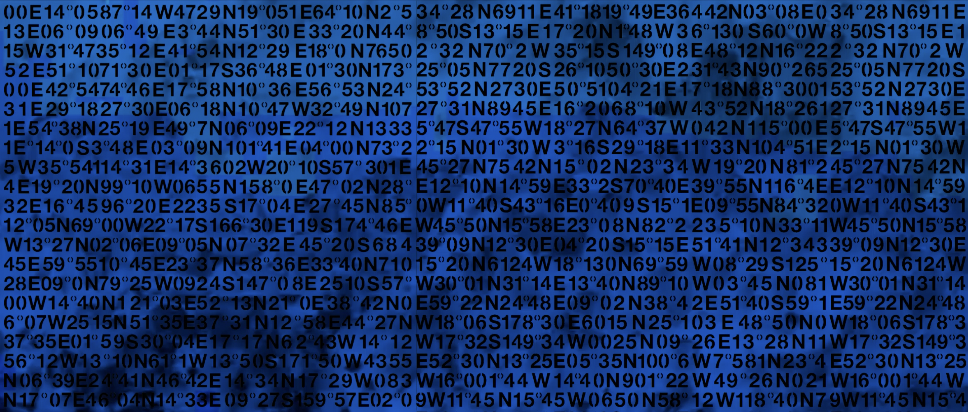Established in 1936, Delhi’s Dhoomimal Art Gallery, which began life as a stationary store, is considered India’s oldest gallery. The gallery was the first platform through which many of India’s modernists reached out to prospective buyers and made a name for themselves.















